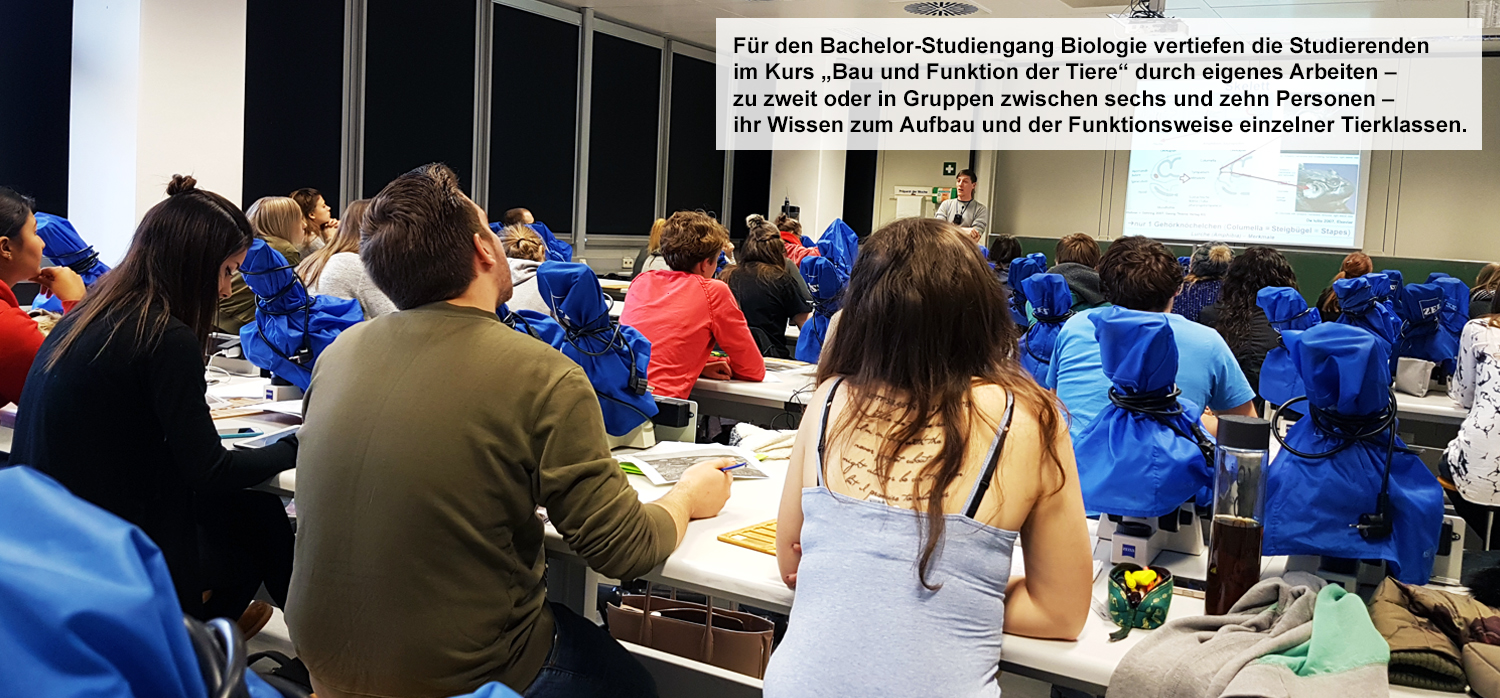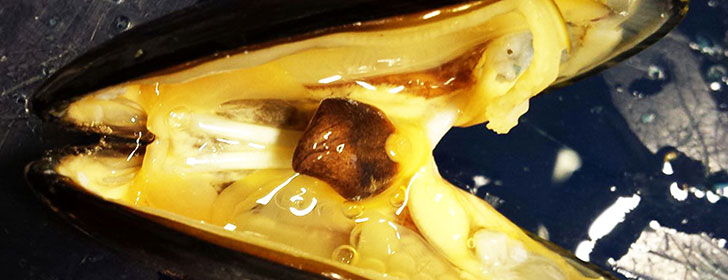Zoology Blog: Structure and Function of Animals
10 January 2018 - Amphibians
17 January 2018 - Chicks
24 January 2018 - Mouse
6 December 2017 - Roaches and Common Shore Crabs
20 December 2017 - Trout
The contributions include the personal and individual opinions of students and supervisors. They do not necessarily reflect the opinion of the University of Hohenheim.






From paramecia to mice: In the Bachelor’s programs in Biology and Agricultural Biology, a dissection course is compulsory. The University of Hohenheim has repeatedly reviewed the extent to which using animals in teaching is necessary and continually decreased the number of animals used.
Still, the University Management, scientists, and supervisors have always come to the conclusion that the use of animals cannot be completely eliminated.
In this blog, each week course participants give insights into the course contents and their thoughts and feelings.
Zoology Blog 2017/18
25 October 2017 - Earthworm
8 November 2017 - Mussels

15 November 2017 - Flatworms






































